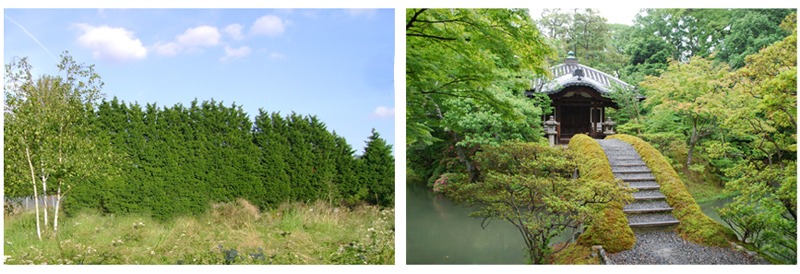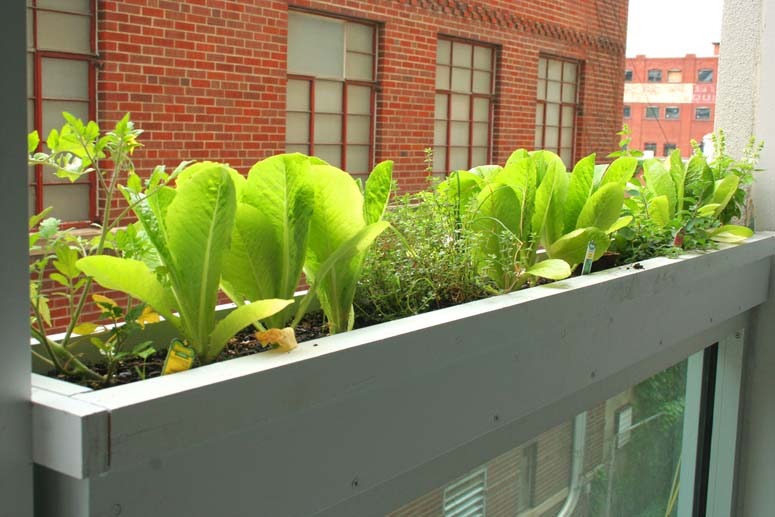 Short-term thinking produces such horrors as the ‘useful quick-growing screen’, achieved (left) with Lawson’s Hated Cypress (Chamaecyparis lawsoniana ‘Horribilis’). Long-term thinking produces such masterpieces as Katsura Imperial Villa (right).
Short-term thinking produces such horrors as the ‘useful quick-growing screen’, achieved (left) with Lawson’s Hated Cypress (Chamaecyparis lawsoniana ‘Horribilis’). Long-term thinking produces such masterpieces as Katsura Imperial Villa (right).
It is a sobering thought, for the highly trained professional designer, that most of the world’s best gardens owe their brilliance to the work of owner-designers – not to professional designers. One thinks of Katsura Palace, the Taj Mahal, Sissinghurst and Little Sparta. Then one thinks of all the billions spent on public parks in the twentieth century: they produced a few good designs, a mass of trash and nothing in the first order of excellence. Think of the Parque Juan Carlos I . It must make the poor old King of Spain think about abdication (or just about changing its name to Parque General Franco?).
There is one outstanding candidate amongst many possible explanations for the problem. Professional designers think about making an impact on their immediate clients and their peers; owner-designers have often belonged to dynasties with a concern for the very long term future of their property in general and their gardens in particular. They combine the essentials of ‘ownership and control’ with a sense of duty to the past and duty to the future. Garden designers and landscape architects can assist only with help from enlightened patrons.
To make better public gardens and landscapes we require very much better patronage. What can the modern world do? Reinstate primogeniture? Abolish inheritance tax? Bring back the aristocracy?
HAPPY NEW YEAR TO ALL OUR READERS




